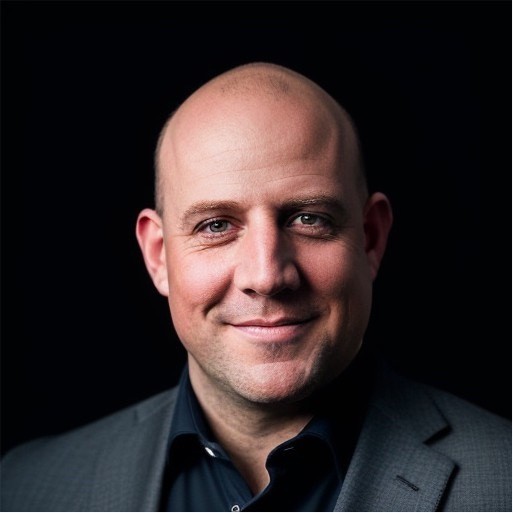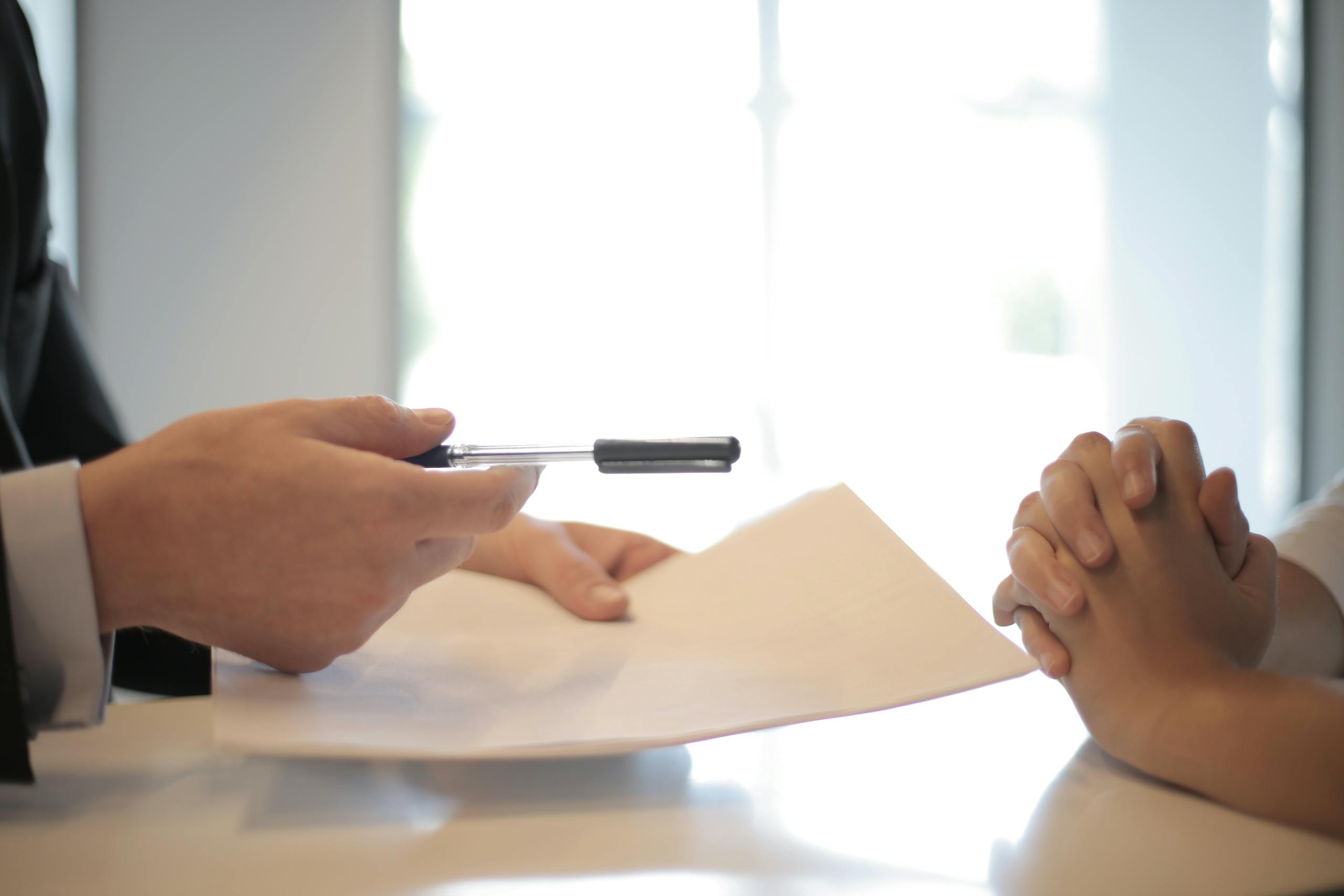
In our 2024 Golf Course Superintendent Employment Trends Study, I was caught by a recurring theme around recruiting and retention of today’s workforce. Golf course superintendents in particular are curious and unclear what attracts today’s generation, what propels them from considering a career in golf, and what makes them leave?
Based on the original research and the feedback from numerous industry leaders, I recognized that it was crucial to continue exploring both the misconceptions and the actual dynamics impacting recruitment, retention, and employee development in this industry.
It is no secret the golf industry has been grappling with a talent shortage, which has intensified due to the aging workforce, evolving industry demands, and shifts in employee expectations.
The question nagged at me throughout the year, and dates back to the core of why I started my company – help transform the way the golf industry attracts, develops and retains talent. Recently, I decided to find data-backed truths around these questions by commissioning a national research study with the Center for Generational Kinetics.
Through this study, we’ve pinpointed strategies, offers, and messaging that leaders can use to make golf courses desirable places to work. With many clubs and courses struggling to attract and retain talent, our goal is to provide a clear roadmap based on real data and actionable insights. From competitive benefits to career growth paths, we now have evidence-based insights that can help clubs retain top talent across a range of roles.
We will be releasing the full study in January, but wanted to share a teaser with the top five factors that drive employee retention in the golf industry.
1. Competitive Compensation and Benefits
It’s an old refrain in almost any industry: people need to feel valued, and one of the most direct ways to show this is with compensation. In the golf industry, where seasonal work and early mornings can define the job, competitive pay isn’t just about money; it’s about respect.
Offering salaries that reflect the skill and commitment required can make the difference between an employee who sticks around for one summer and one who builds a career.
In a recent study by the Center for Generational Kinetics, over 70% of the workforce in America between the ages of 18 to 65 cite competitive pay and benefits as primary reasons for staying in their roles. And for good reason.
Money might not be everything, but for those who work hard to keep greens pristine and pro shops running smoothly, fair pay and a solid benefits package can feel like a thank you that comes with every paycheck. A retirement match, health insurance, and a little extra on top — it’s these things that add up to an investment in your people.
As the economy shifts and the demands of the job evolve, make sure your employees know that their efforts are valued. Regularly review your compensation packages, because when people feel valued, they feel rooted.
2. Positive Work Culture and Respectful Management
A golf course is a place of quiet, a place where people seek refuge from the chaos of their daily lives. And yet, behind the scenes, it can be a high-stress environment, with early starts and demanding customers. For the employees, a positive work culture is like that quiet moment on the green — a chance to breathe, to feel supported, to be part of something larger than themselves.
Employees who feel respected by their managers and valued by their team are more likely to stay. They want to know that their voices matter, that their contributions are noticed, and that their well-being is cared for. Respect is as essential as water to the turf, and it requires regular tending.
Encourage managers to give regular, constructive feedback, and create a culture where every team member feels safe to share their thoughts. Because when people feel heard, they feel they belong.
3. Opportunities for Career Development and Advancement
In golf, every player knows there’s always room to improve. The same is true for your employees. People want to grow. They want to develop new skills, take on new challenges, and see a path forward. Without the chance to advance, even the most passionate employees can feel stuck, like a golfer endlessly practicing their swing without ever playing a round.
Clear pathways for career growth are vital. When employees see a future within the organization, they’re more likely to stay committed. Training programs, mentorship opportunities, and leadership development initiatives can all give employees the sense that they’re building a career, not just holding a job.
Whether it’s through formal training sessions or a simple mentorship program, show your team that you’re as invested in their growth as they are. Because when people see potential, they see a reason to stay.
4. Work-Life Balance and Flexible Scheduling
Employees, too, need a sense of timing, a rhythm that allows them to balance the demands of work with the needs of their personal lives. With early mornings and long weekends, burnout is a real threat, especially in an industry that requires so much dedication during peak seasons.
Flexible scheduling can help employees find that balance. Offering days off during the week or adjustable hours when possible can make all the difference. After all, employees are people, not just names on a schedule. They have families, hobbies, and lives that need attention just as much as any sand trap or putting green.
Be mindful of your team’s needs outside of work. Offer flexibility where you can, and understand that sometimes, the best way to keep people on the team is to let them take a day off. Because when people feel balanced, they feel fulfilled.
5. Clear Communication of Roles and Expectations
Imagine stepping onto a golf course with no idea of the layout, no map, no markers. You’d feel lost, uncertain, even frustrated. That’s how an employee feels when their role is unclear. They need to know what’s expected of them, what success looks like, and how their efforts contribute to the bigger picture.
Clarity is kindness. When roles and responsibilities are well-defined, employees can perform with confidence. They know where they’re headed, and they understand how to get there. A well-communicated role is like a fairway free of hazards — a clear path to the goal.
Ensure job descriptions are detailed and expectations are consistently communicated. Take time during onboarding to explain how each role contributes to the team’s success. Because when people understand their purpose, they find meaning in their work.
In the end, retaining employees in the golf industry is about much more than any single factor. It’s about creating an environment where people feel valued, respected, and understood. It’s about building a team that feels more like a family, on a course that feels more like a second home.
When you invest in your people — with fair pay, respect, opportunities, balance, and clarity — you’re investing in a community that will flourish.
If you’re in need of further insight and best practices, set up a FREE Talent Strategy Call with our team.
Are you ready to build a top-performing team that drives results? Our proven framework, methodologies, and implementation is based on our personal track record of developing world-class teams. In addition to talent acquisition, we provide leadership development and ongoing consultative services for the golf course and club industry. Our team has personally coached and mentored dozens of future golf course superintendents across the United States.













